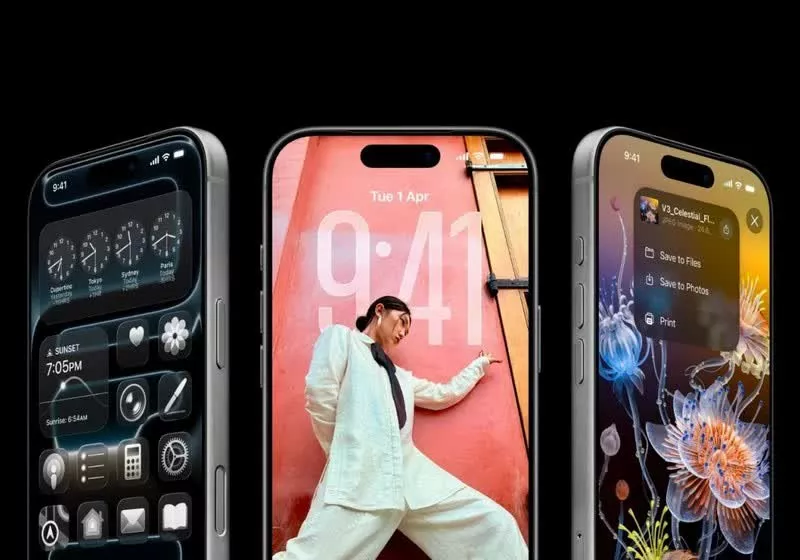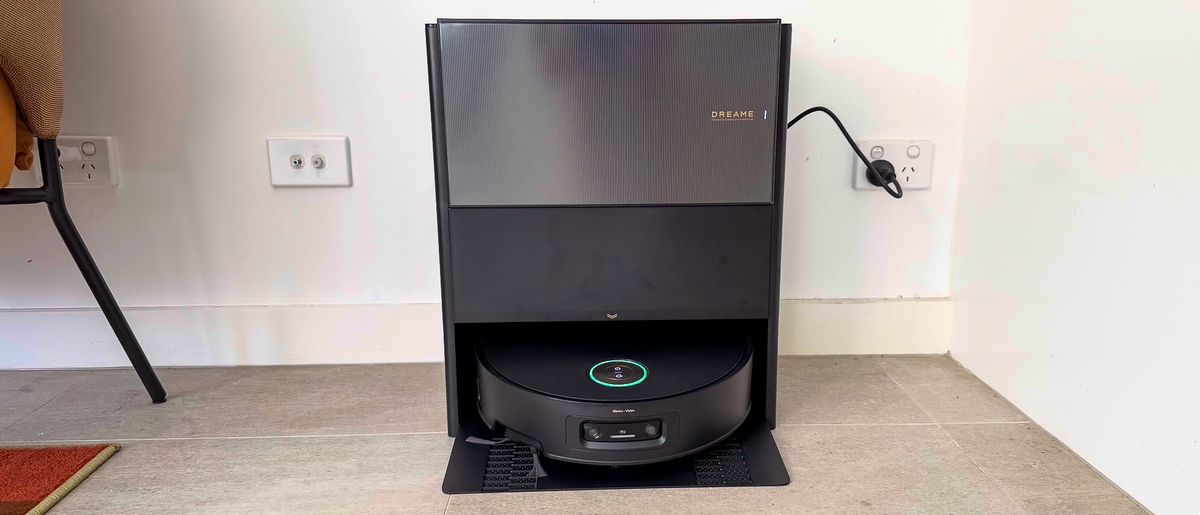Others We Tested
Photograph: Simon Hill
Anker Solix EverFrost 2 for $649: Anker’s Solix EverFrost 2 electric cooler comes in three sizes (24, 42, or 61 quarts) and has wheels, a handle, and a wee fold-out shelf to sit drinks on. The largest model has two separate cooler sections (you can have a fridge and freezer). Since there’s no need for ice, you can make full use of the space. It’s quick to cool, giving you drinkable beer in 20 minutes. The removable 288 Wh battery is good for around 52 hours for the 42-quart model, but you can add a second battery ($250) to extend that to 4.3 days. Anker makes some of our favorite power banks and power stations, so I’m not surprised its Solix EverFrost 2 cooler doubles up as a charger for your gadgets, though that will eat into your battery life. You can recharge the cooler battery via a wall outlet, car socket, solar panels, or USB-C. Paired with a 100-watt solar panel, this could be a great way to go off-grid (you’ll need around four hours of sunshine a day minimum to keep it running). On the downside, the Solix EverFrost 2 can also run out of power fairly quickly, depending on how warm it is and how often you open it. Because of the battery, these coolers are heavy. The 42-quart model is 51 pounds empty, so you’ll want help lifting it in and out of your car when fully loaded, though the handy wheels make it easy to maneuver on the ground. It can also be a little noisy, which might be annoying if you’re sleeping in a tent with it. —Simon Hill
The first thing to consider when buying a cooler is how you're going to use it. If you aren't heading out for days at a time, you probably don't need an expensive high-end cooler. All the coolers we've recommend above are capable of holding things at a safe temperature for a day, provided you keep them in the shade. Similarly, if you're navigating rugged terrain, you might want beefy wheels—and if you're just going to the beach, you might not need them.
Hard-sided coolers: These range from the old green Coleman coolers—once a staple of every camping trip—to Yetis, which cost as much as cars did when Coleman started making coolers. You might wonder why the Yetis are so expensive. That I can't answer, but Yeti did upend the cooler industry by introducing rotational molding, or “rotomolding,” where melted plastic is molded over foam insulation in one piece. Rotomolded coolers offer seamless, uniform density in their walls and lids, which drastically improves a cooler's performance. In contrast, those ancient, affordable plastic coolers we've all used have thinner walls, leaky seams, and less insulated lids. Whether you need the extra insulation depends on what you're doing and how hot it is when you're doing it. Want to learn more? Our In-House Know-It-All has a more thorough insulation explanation.
Hard-sided coolers generally have the luxury features you want, like leakproof lids and drain plugs, and some are even bear-resistant (check this list of bear-proof products if you're headed into ursine country). The downside is that these coolers are generally huge and heavy.
Soft-sided coolers: Soft-sided coolers include everything from well-padded, impressively insulated sling bags (like the Yeti Hopper Flip above) to roll-down, dry-bag-style coolers perfect for those mild beach days. The best soft coolers are easier to carry, pack away easily when not in use, and have a versatility that traditional hard coolers lack. (I have used dry-bag-style coolers as, well, dry bags.) Ice doesn't last as long, but for short outings where you don't need a large cooler, these are what we recommend.
Electric coolers: Sure, they're not necessary, but if you're headed out on longer adventures and have access to power, you'll never have to worry about your ice melting.
Other Features to Look For:
- Drain plug: This greatly simplifies life by making it easy to drain the water out of your cooler. If you're buying a large cooler, make sure it has one of these.
- Divider: One of our top tips for long-term cooler use is to have two coolers: One you treat as a fridge and hardly ever open, and another for drinks. If that's not possible, you can achieve some of the same by getting a cooler with a dividing wall in it. That way you can pack one side tightly with ice to keep that meat at a low temp, and use the other side for chilling beverages with cubed ice.
- Wheels: Coolers get heavy and wheels are awesome. They won't always work (good luck wheeling your cooler over tree roots), but when they do, they are completely worth it.
If you're storing your cooler in a 160-degree-Fahrenheit car trunk, no rotomolded wall or freezer gasket will keep ice from melting. But if you want to maximize your cooling time like the pros, we do have a few tips.
Pre-chill your cooler: Pack it with ice a few hours before packing, so your cooler starts out the trip freezing cold.
Keep two separate coolers: One that you open infrequently to hold perishables like meat and cheese, and one for snacks and drinks that you open more frequently.
Pack strategically: Put larger items and ice packs at the bottom to keep any small chunks of ice cooler for longer.
Block it: Block ice is more efficient for long-term cooling because it has less surface area to mass. Use a block or two to either to supplement your cubed ice or as a replacement for it entirely.
How We Tested and What’s Up Next
We tested coolers by using them during camping trips, road trips, beach days, tailgating parties, and (in one unfortunate instance) as a replacement for a broken refrigerator. We are currently re-testing picks with a new protocol. Up next, we're checking out patio coolers, electric coolers, disposable coolers, and backpack coolers from Igloo, Dometic, Coleman, and other brands.
Power up with unlimited access to WIRED. Get best-in-class reporting and exclusive subscriber content that's too important to ignore. Subscribe Today.

 4 months ago
60
4 months ago
60








 English (US) ·
English (US) ·